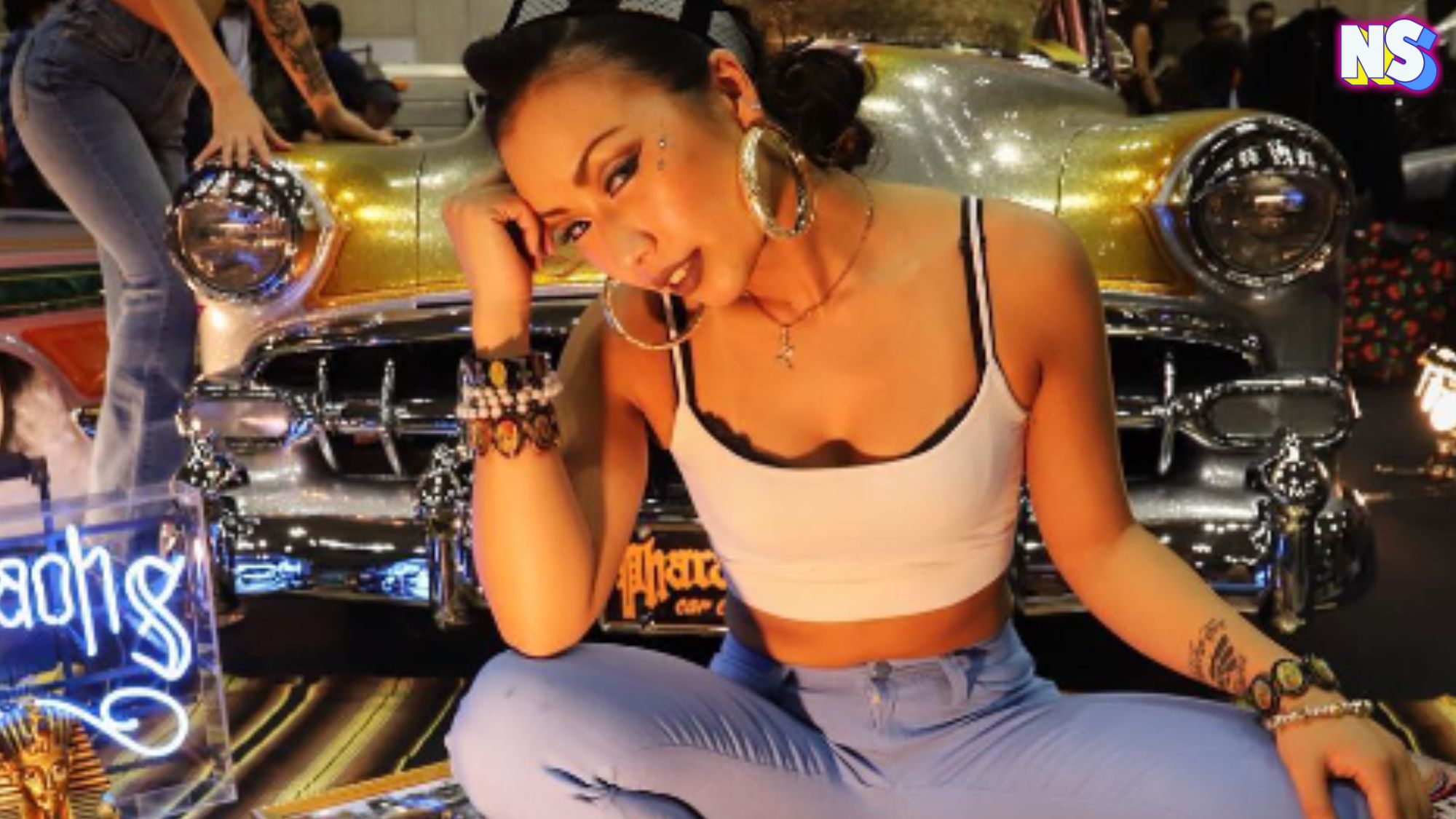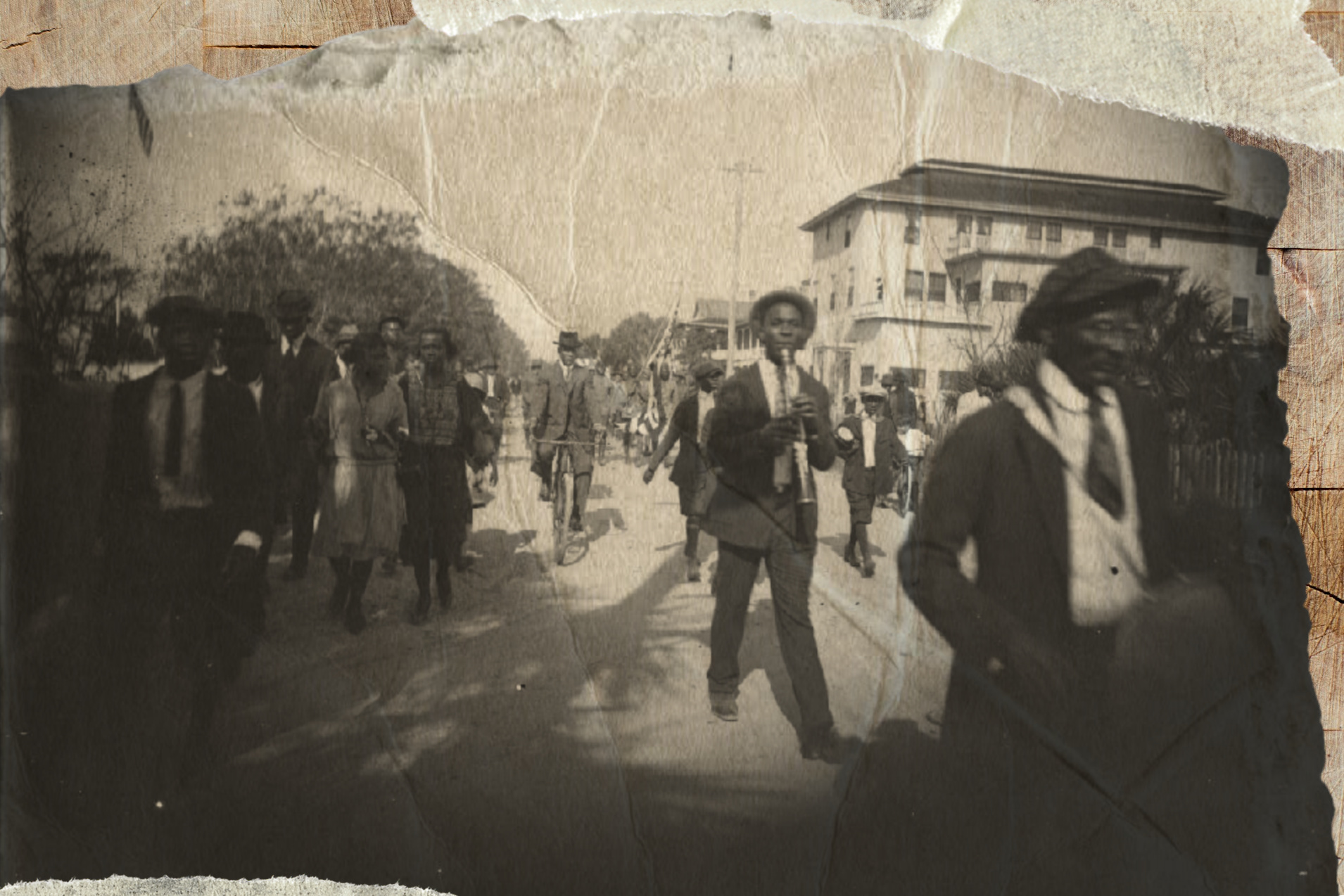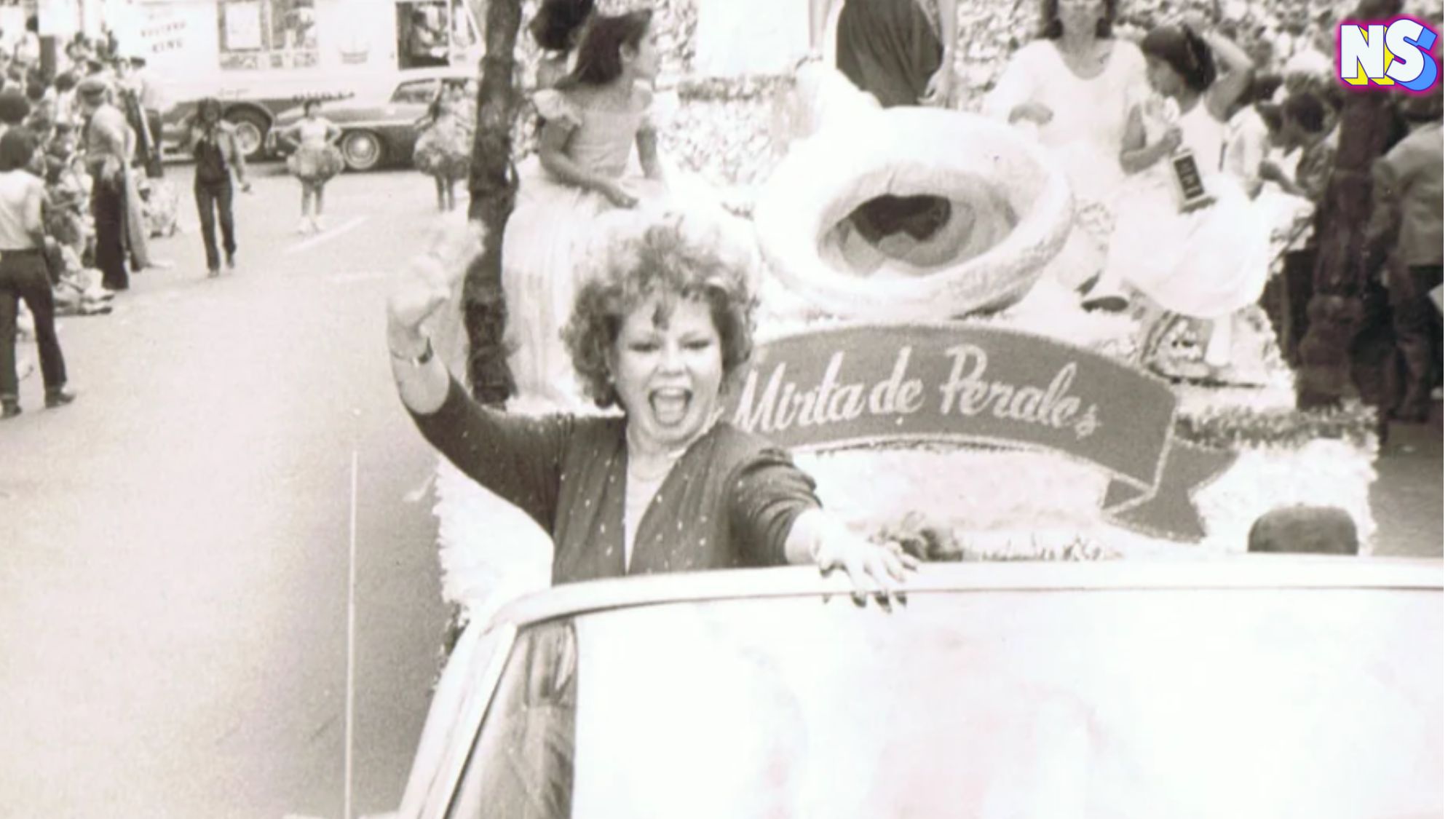Image courtesy of Nuestro Stories.
“El Dia Que Me Quieras,” composed by the Father of Tango, the French-Argentine singer, and actor Carlos Gardel, with lyrics by Alfredo Le Pera, was one of my father’s favorite songs, a devout Gardel fan.
So are most Hispanics, I would wager.
But my generation remembers more the interpretation by Mexican singer Luis Miguel, or Luis Mi Rey, as he is popularly known.
Luis Miguel recorded the song in 1994 in his album Segundo Romance, and it became one of his career’s biggest hits. Soon after it was released, it became number one on the Billboard Hot Latin Songs and stayed there for five weeks.
There are 200 versions of the song — among the interpreters are Libertad Lamarque, Andrés Calamaro, Alberto Cortéz, Diego “El Cígala,” Django, Julio Iglesias, Gloria Estefan, Mercedes Sosa, Pablo Milanés, Alejandro Fernández, and even Placido Domingo.
But, the most popular (and, in my opinion, the most beautiful) is the one by Luis Miguel, with a collaboration with the legendary Mexican songwriter and composer Armando Manzanero.
Luis Miguel’s version and video were recorded in Mexico City’s Palacio de Bellas Artes and directed by Mexican director and producer Kiko Guerrero. Luis Miguel is wearing a smoking jacket, standing among marble statues, and backed by 36 musicians, with the shadow of a couple dancing tango in the background.
As with all his songs, Luis Miguel put his heart and soul into “El Dia Que Me Quieras” and made it his own.
But what is the history and origin of one of the most beautiful love songs ever written?
Let’s just start with a taste of some of the lyrics:
“Acaricia mi ensueño
el suave murmullo de tu suspirar,
¡cómo ríe la vida
si tus ojos negros me quieren mirar!
Y si es mío el amparo
de tu risa leve que es como un cantar,
ella aquieta mi herida,
¡todo, todo se olvida..!”
“El Dia Que Me Quieras” was first recorded by Gardel in New York in 1934 under the seal of RCA Victor as the theme of a movie with the same name.
The poem that inspired the tango was written by Mexican poet Amado Nervo in 1915 and published in his book El Arquero Divino en 1915. It was paraphrased by Le Pera and composed by Gardel. The musical arrangements were by Argentine composer Terig Tucci.
“El día que me quieras tendrá más luz que junio;
la noche que me quieras será de plenilunio,
con notas de Beethoven vibrando en cada rayo
sus inefables cosas,
y habrá juntas más rosas
que en todo el mes de mayo.”
And so, from the beautiful words of Nervo, the song made famous by Gardel and Luis Miguel emerged. The lyrics, one part of or the entire piece, can be sung by almost every Hispanic — and not even of a certain age.
“La noche que me quieras
desde el azul del cielo,
las estrellas celosas
nos mirarán pasar
y un rayo misterioso
hará nido en tu pelo,
luciérnaga curiosa
que verá…¡que eres mi consuelo..!”
https://nuestrostories.com/wp-content/uploads/2022/06/Susanne-182×250.jpeg





